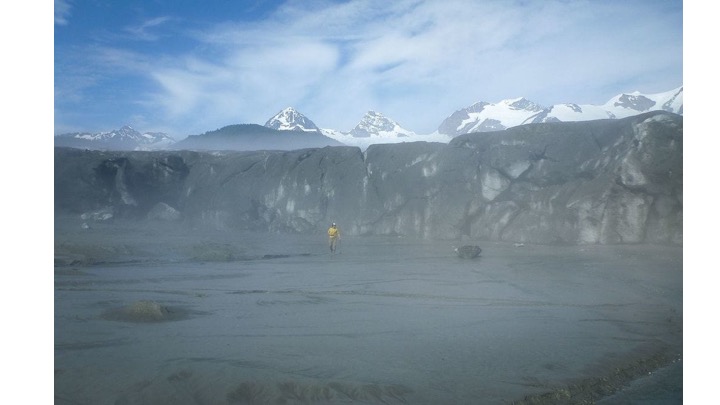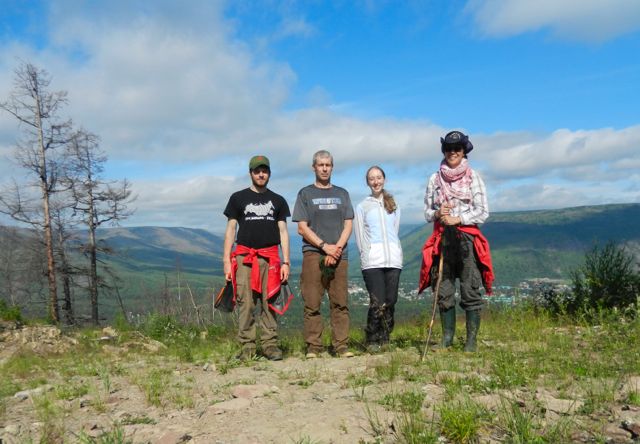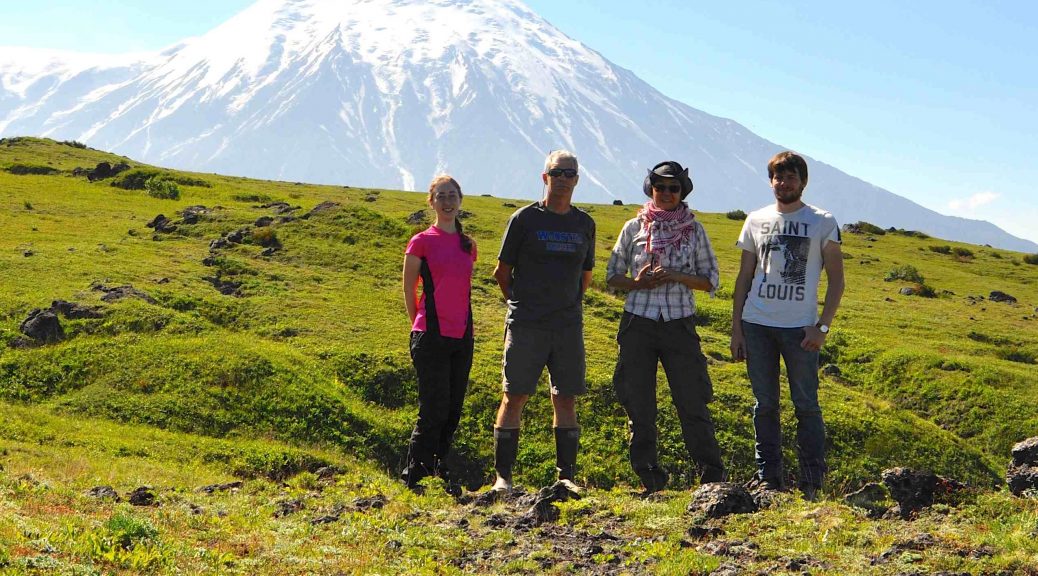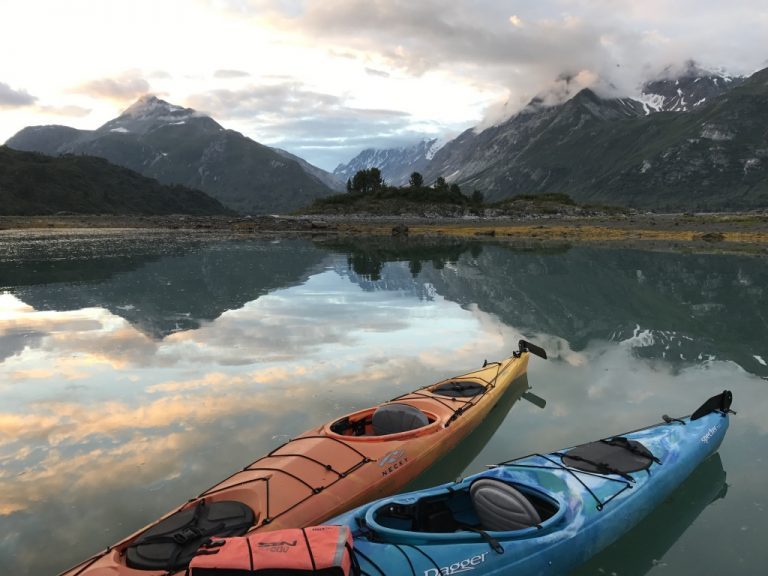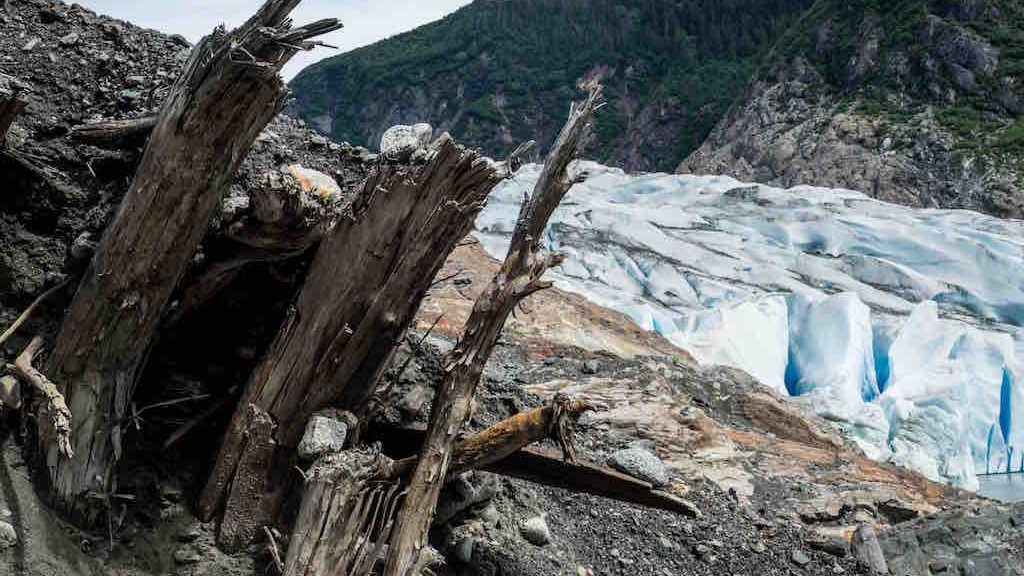The high rainfall and high coastal ranges nourish the icefields of southern Alaska along and with the extensive carbon-rich forests and ecosystems of the Northern Pacific Coastal Temperate Rainforest (PCTR).
Chris surveys the North Pacific noting the extensive moisture source and ocean pasture that is just offshore of the terrestrial ecosystems we are studying.
Malisse sits atop a shore pine, another slow growing coastal species that is experiencing potential decline.
Kerensa sites atop an obducted ophiolite – we were 71% sure that there were pillows in the basalt.
Josh cores another Alaska Yellow cedar – we were able to sample three sites in the Juneau area. These cedars are in decline due to warming and loss of snowpack, which makes their fine roots vulnerable to frost. Our objective is to work up the tree-ring record of the sites to contribute to our understanding of the decline.
Alora takes a break from taking notes and GPS coordinates for each tree.
Ice caves fund to explore and act as a conduit to meltwater and warm air accelerating the melt.
Blue the dog – takes a break from pursuing porcupines in the muskeg.
Nick of the Ophiolite.
Kerensa wades through the deep texture of coastal carbon.
Buried forests emerge from the wasting margin of……..
https://woostergeologists.scotblogs.wooster.edu
